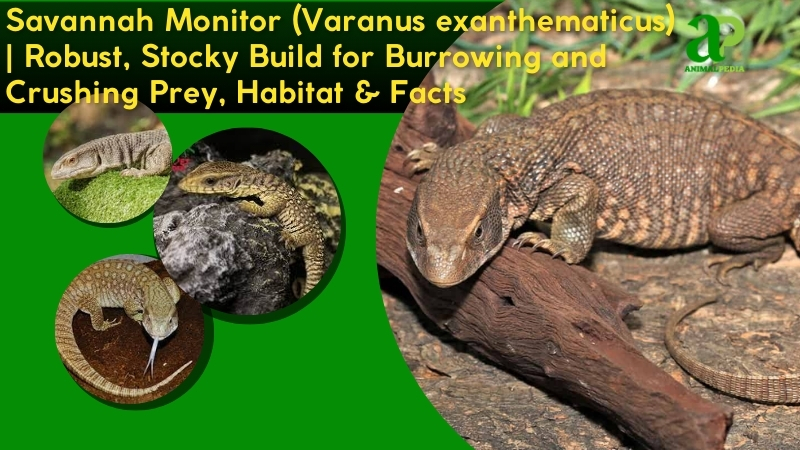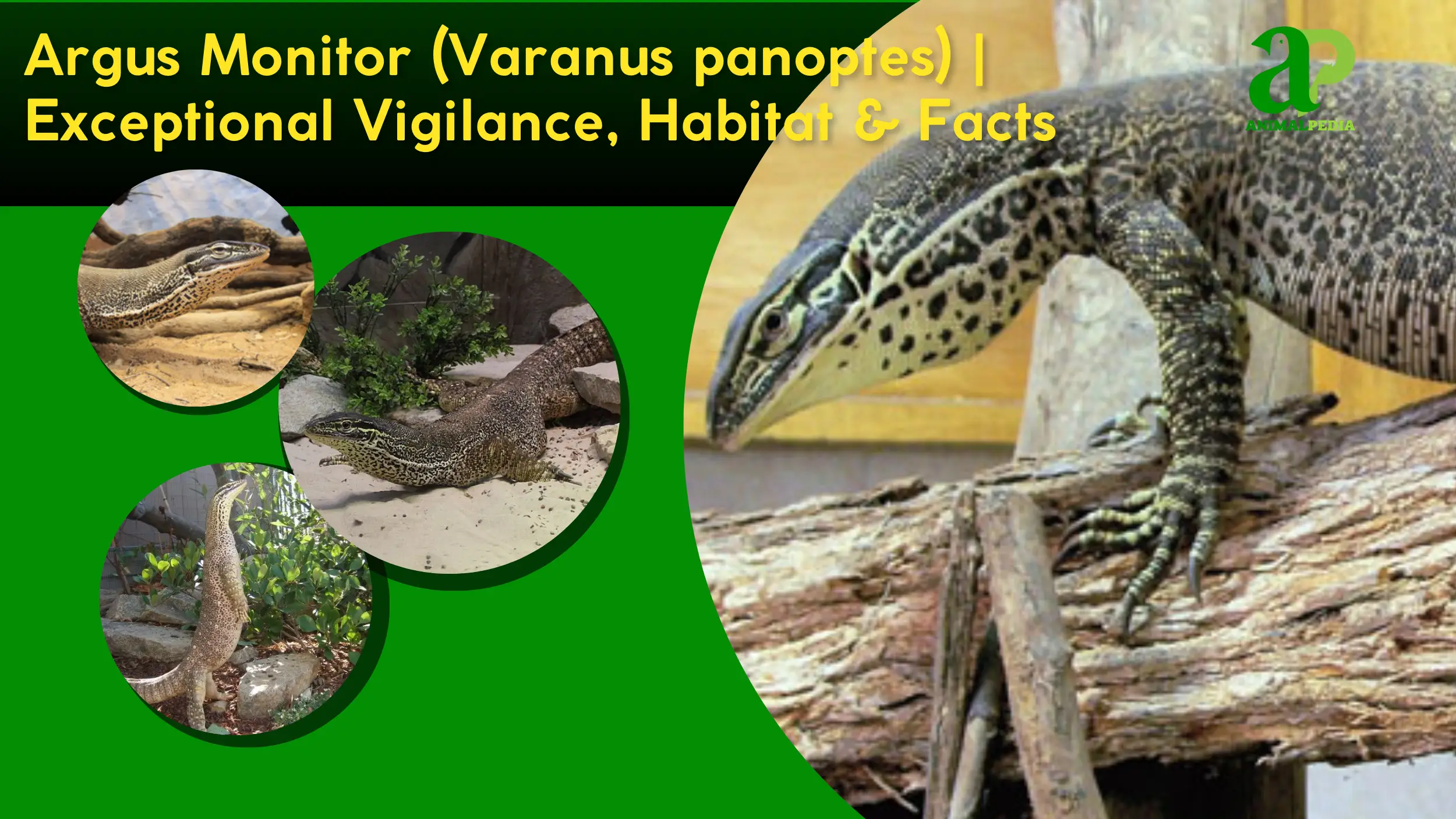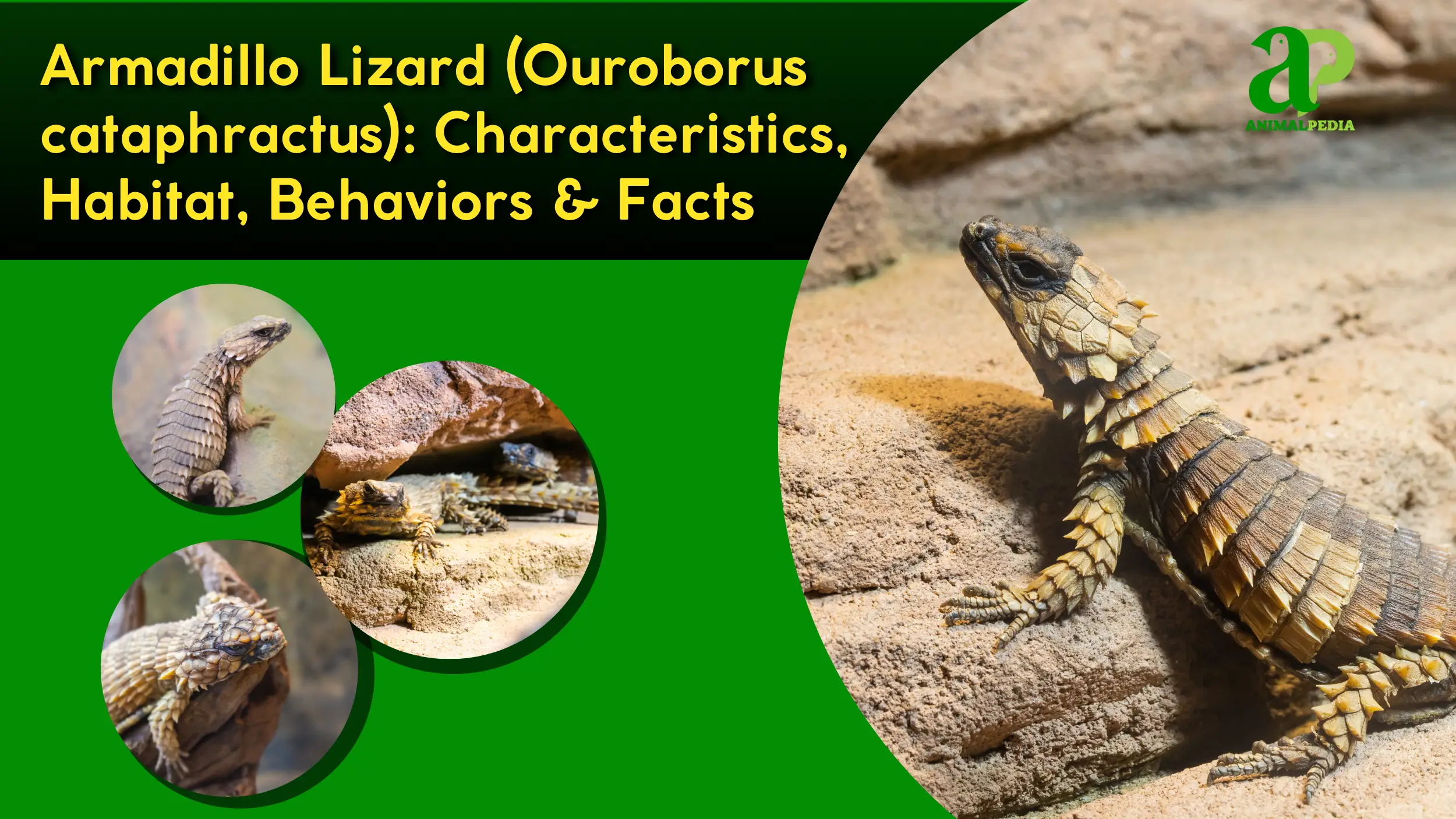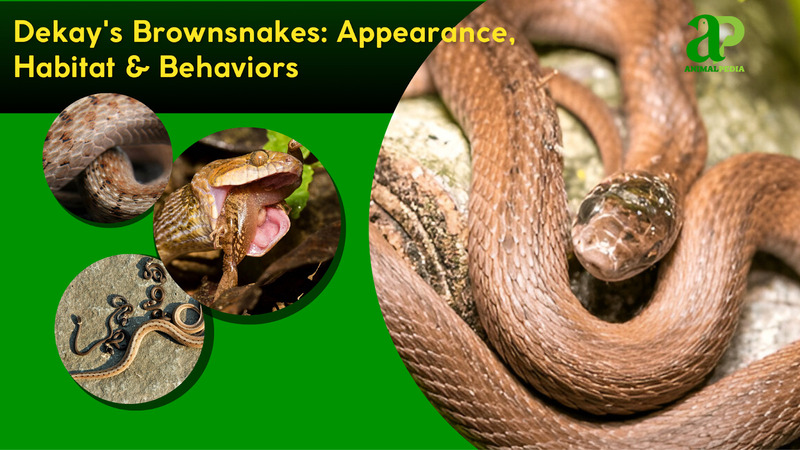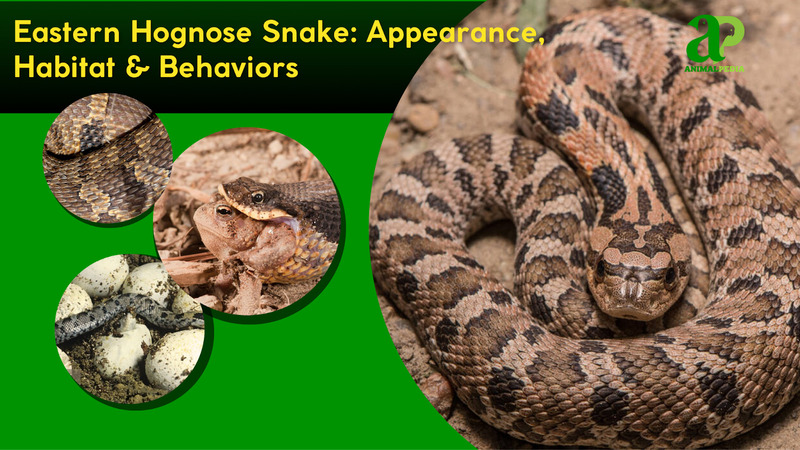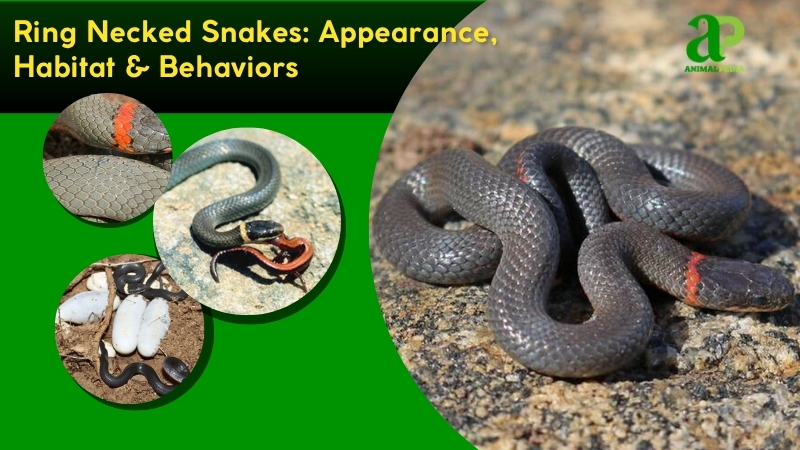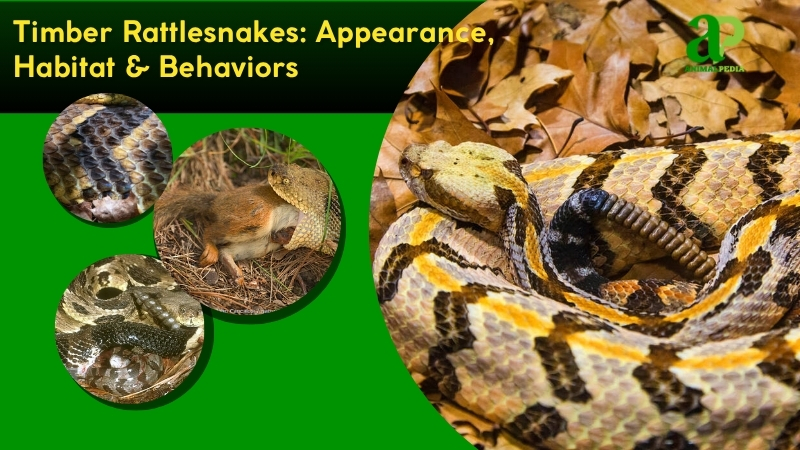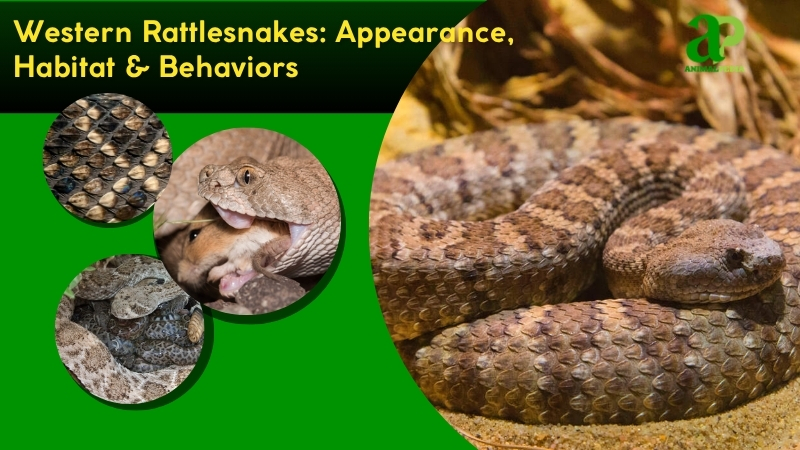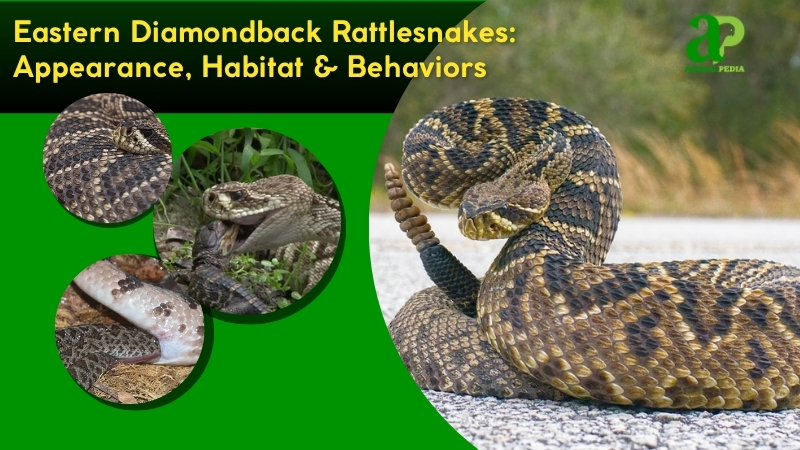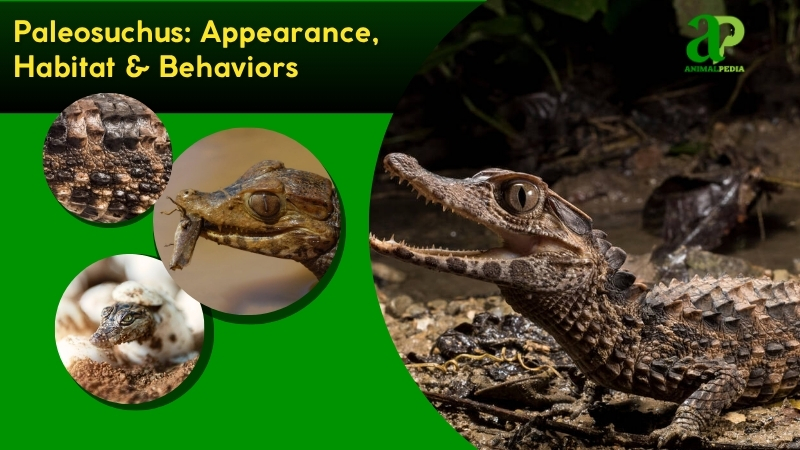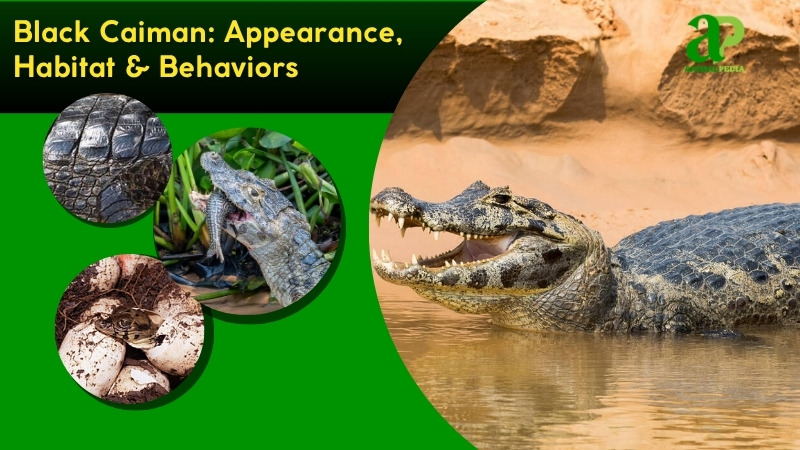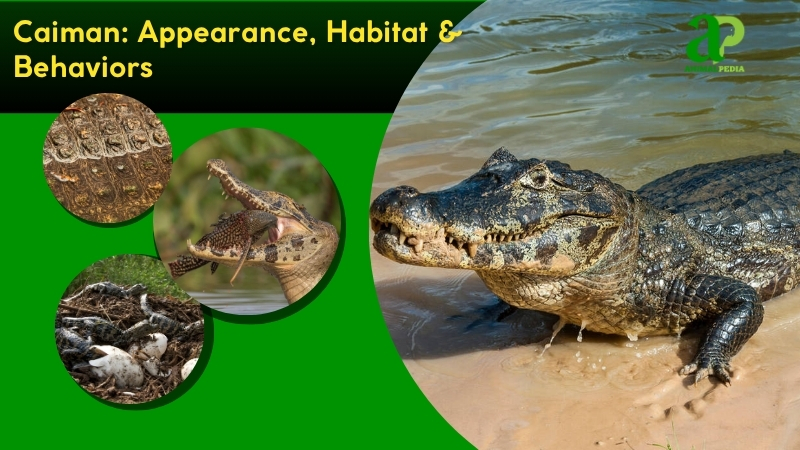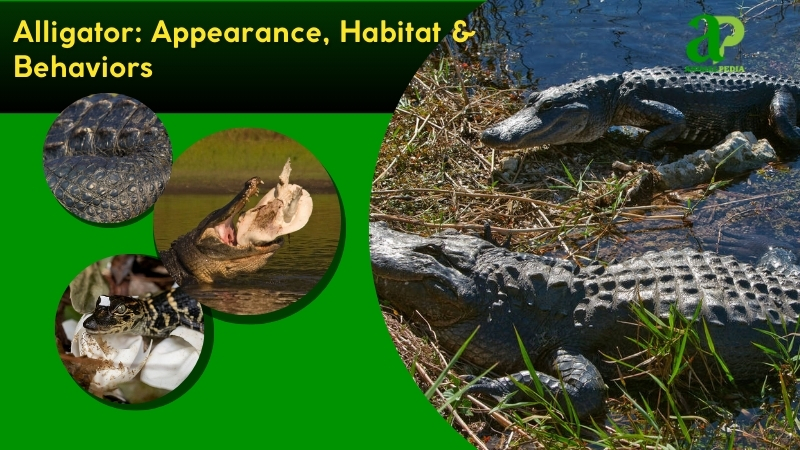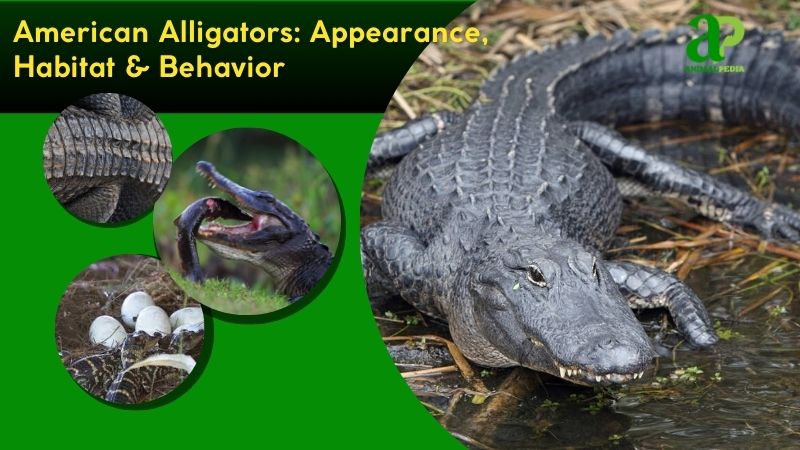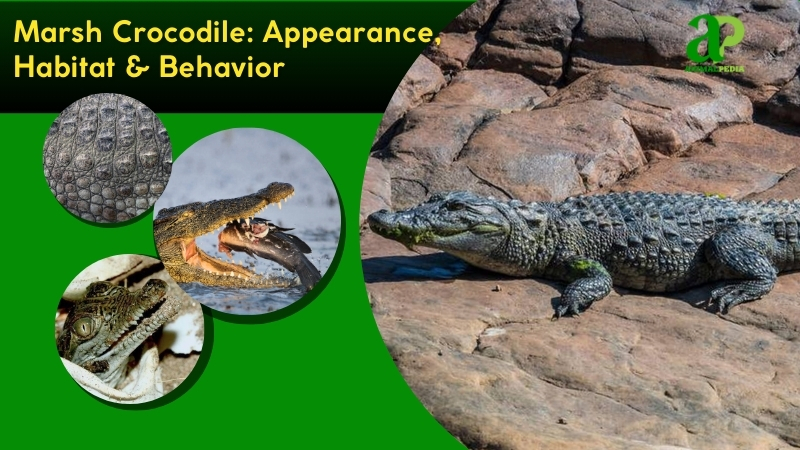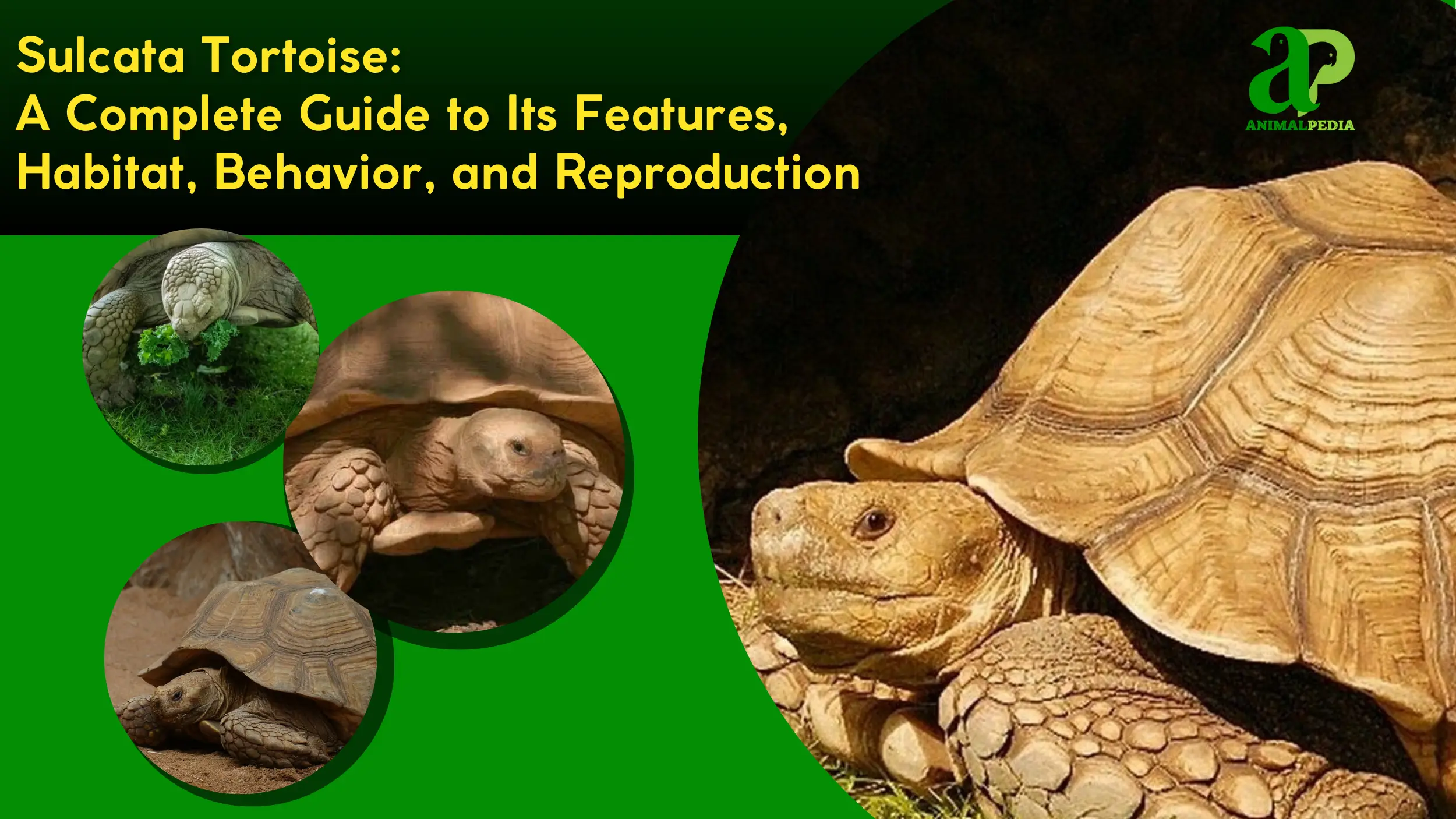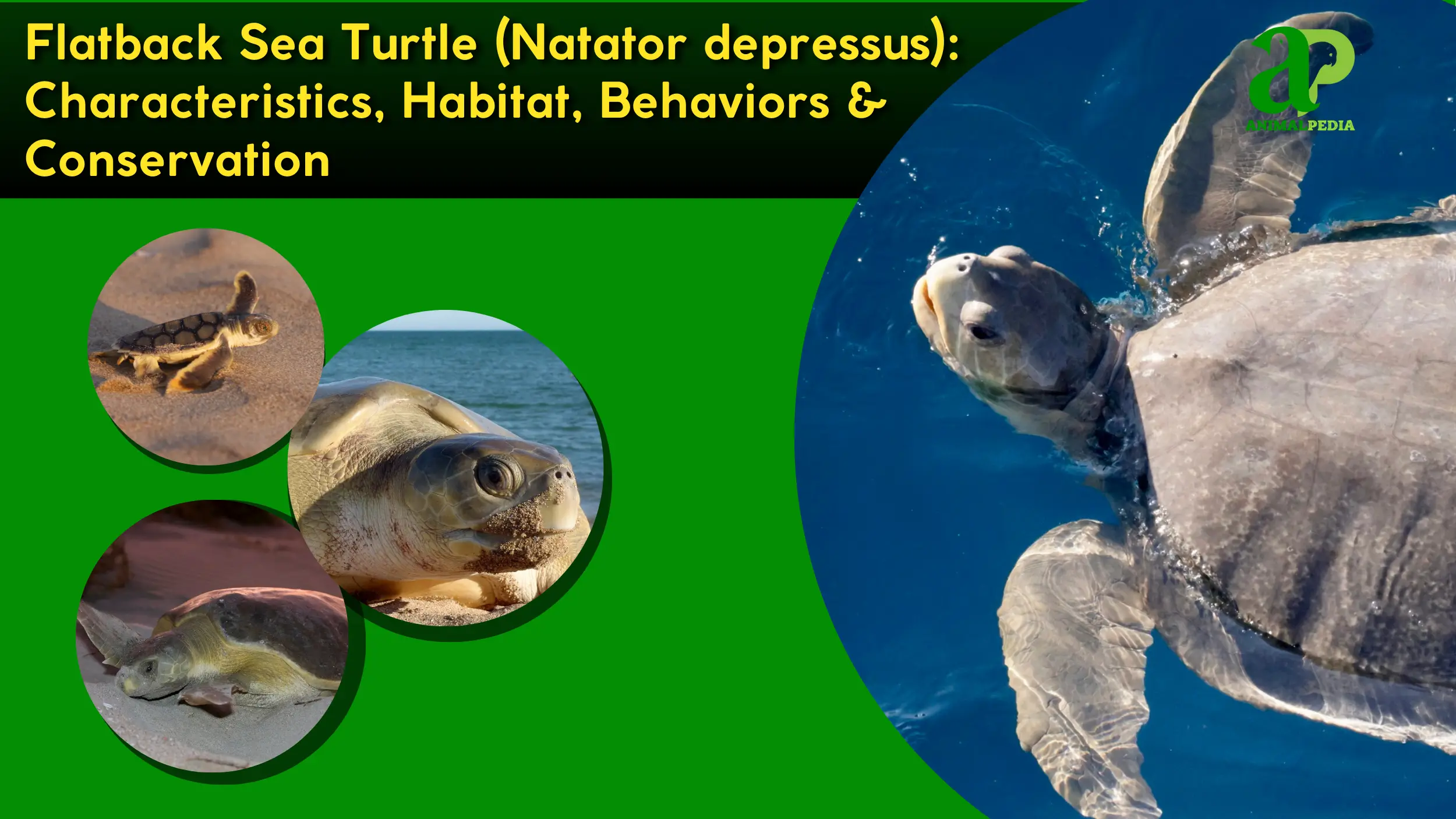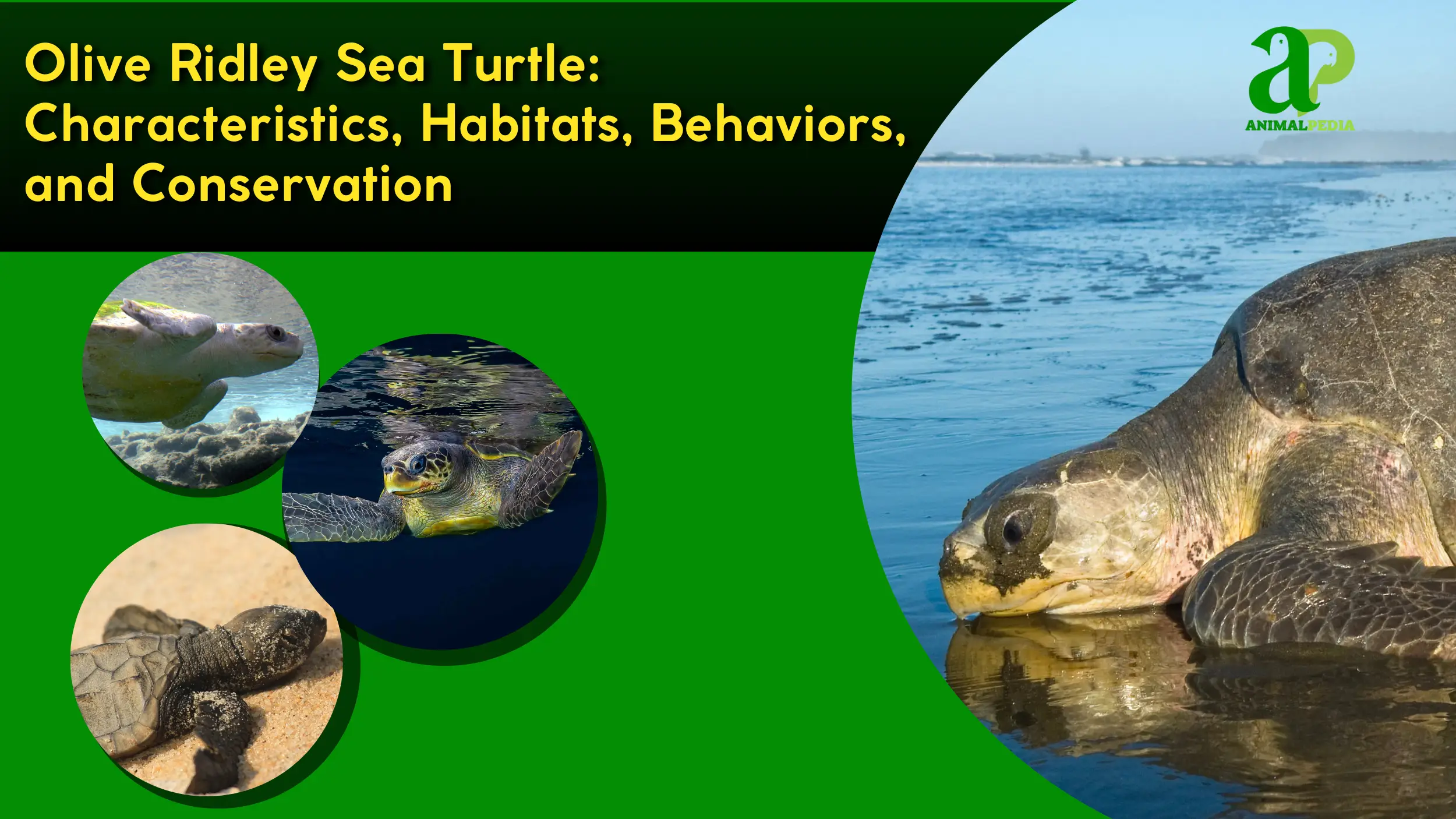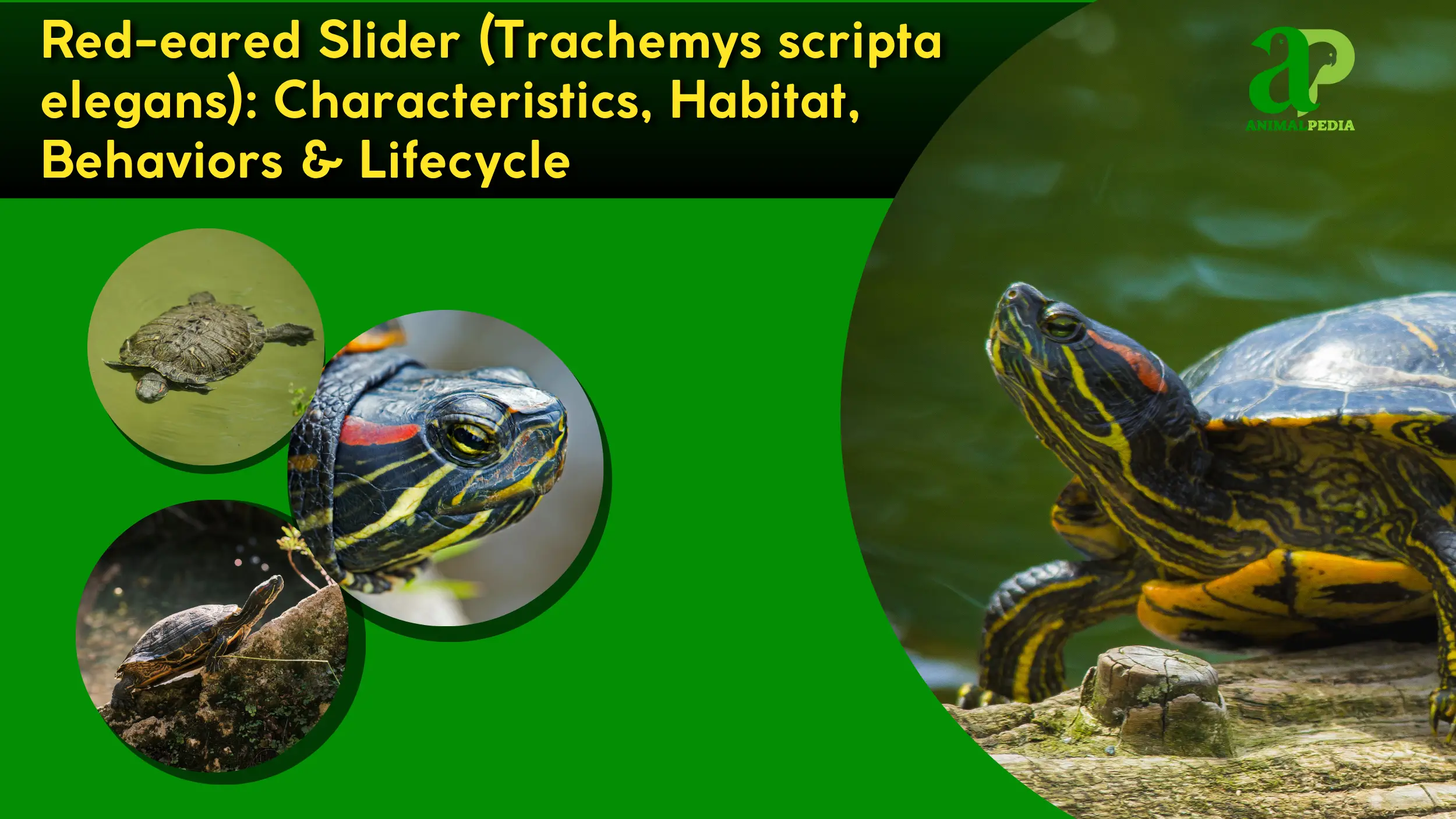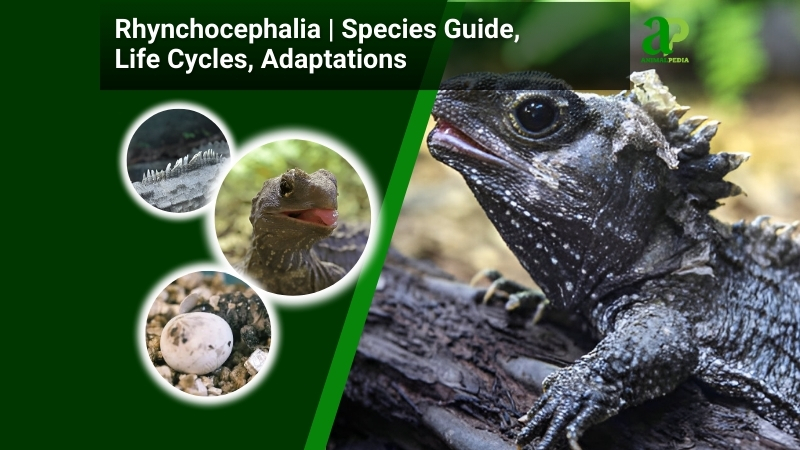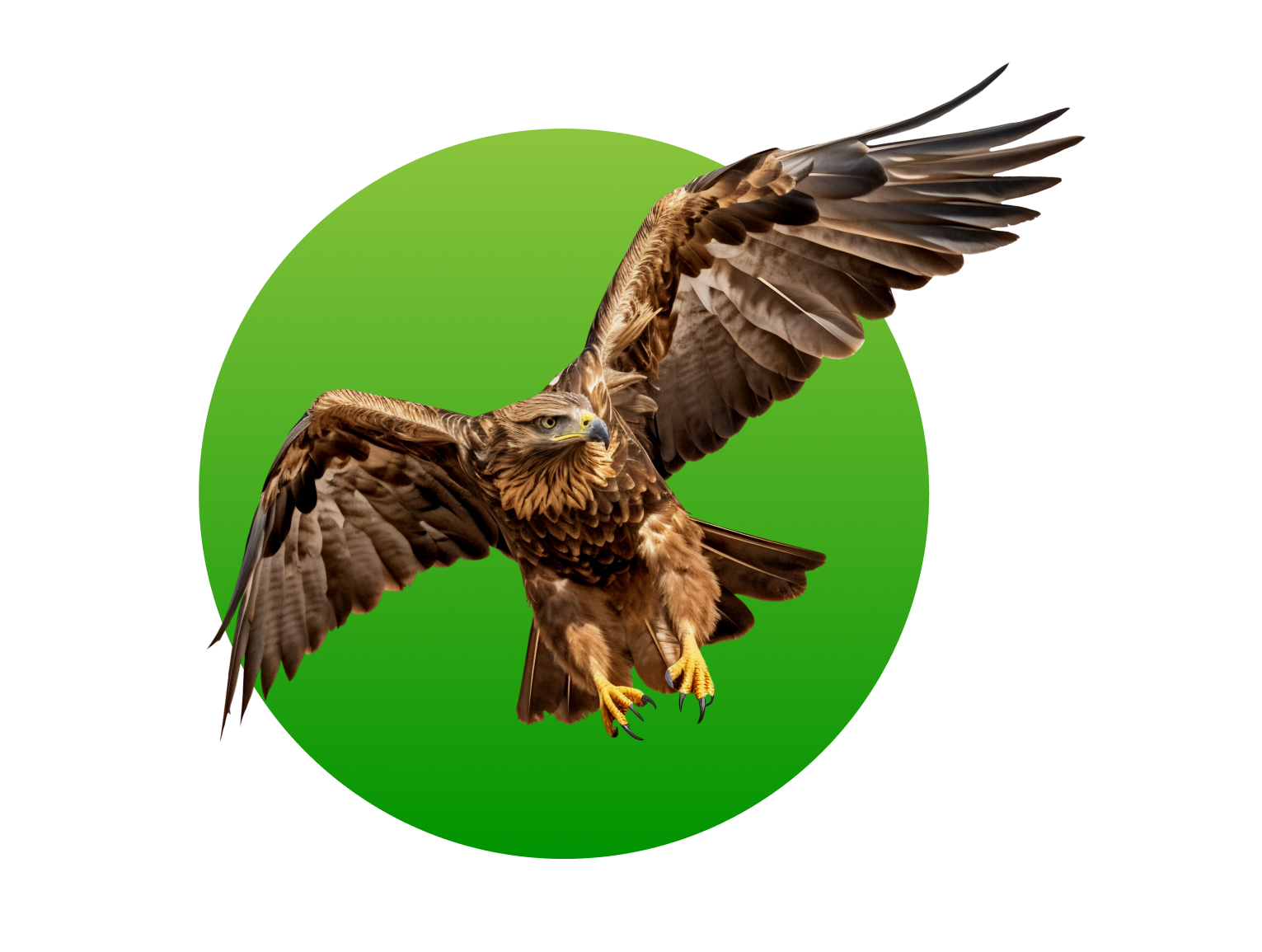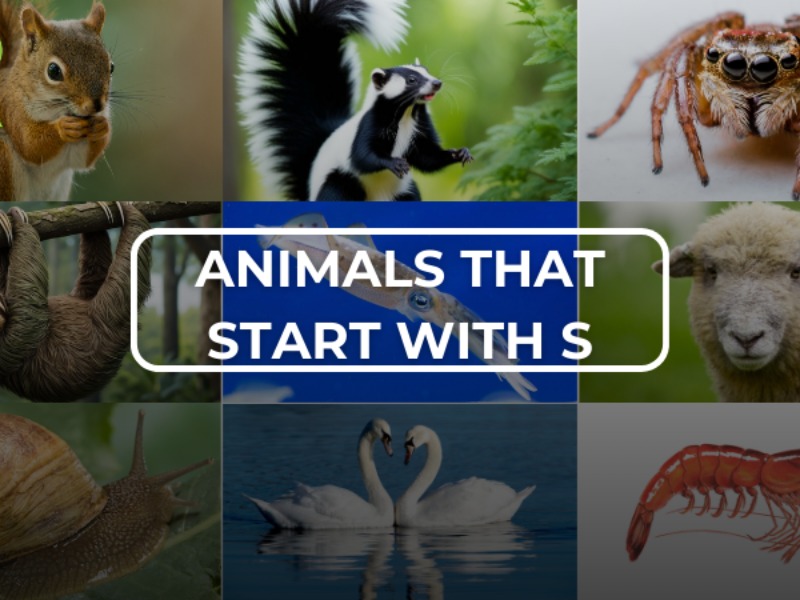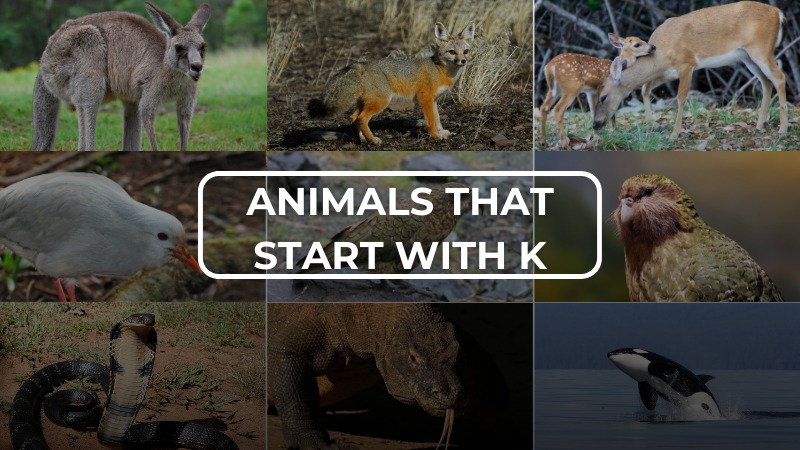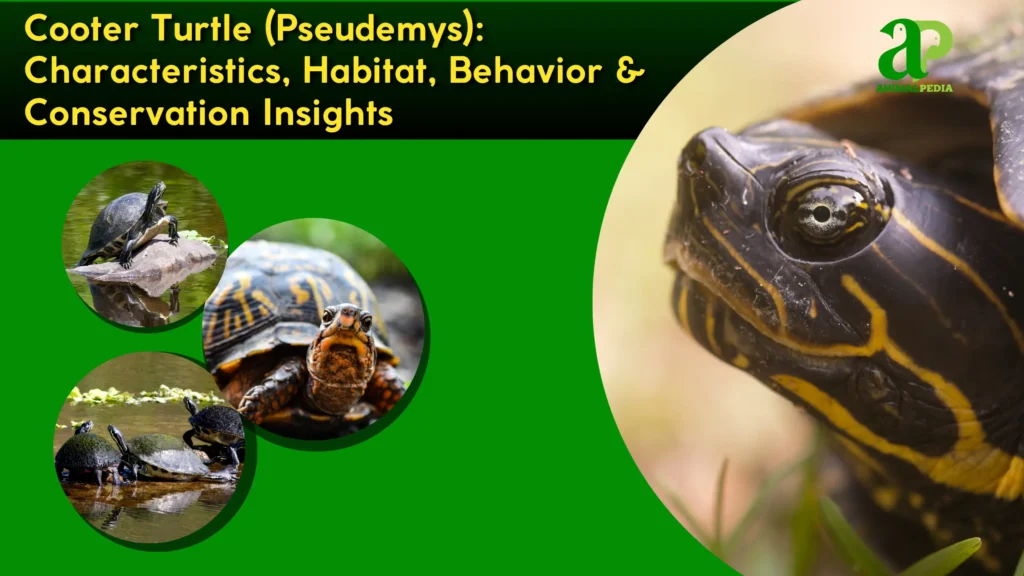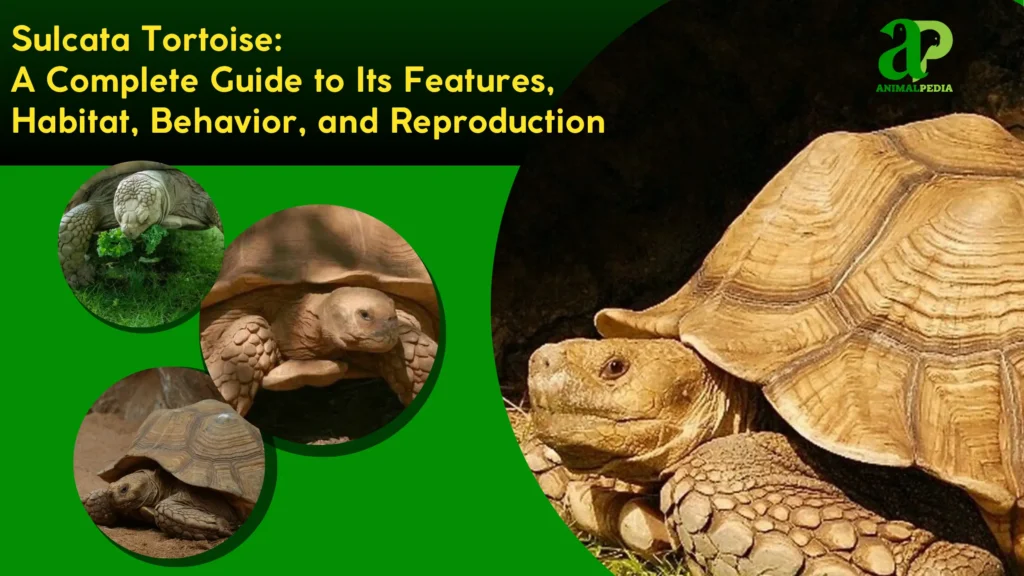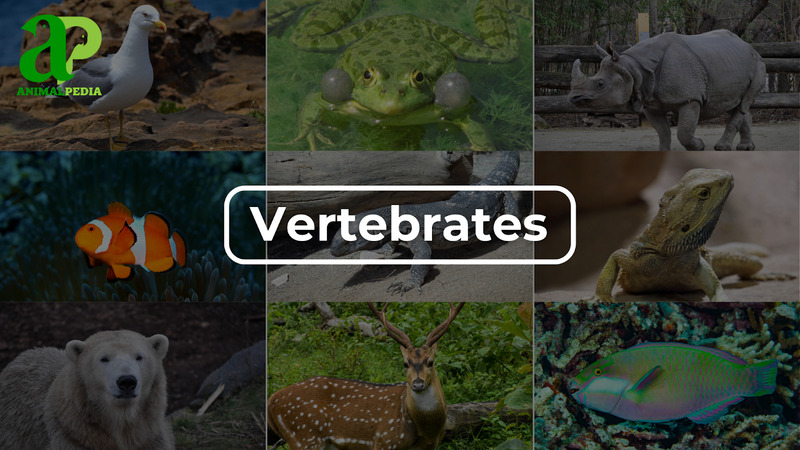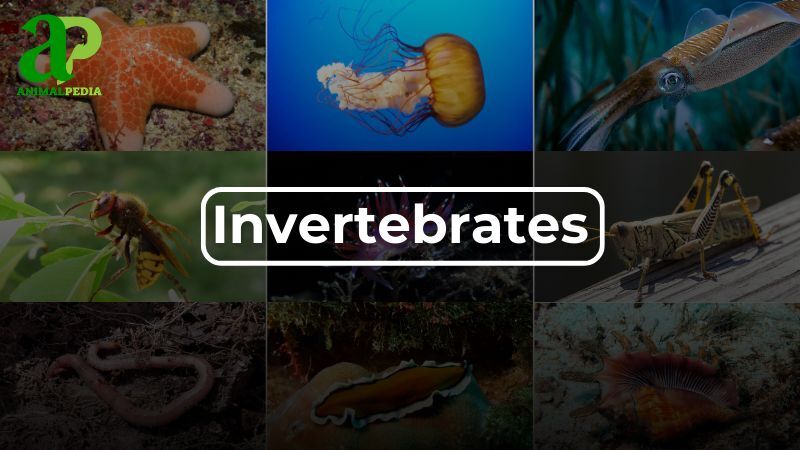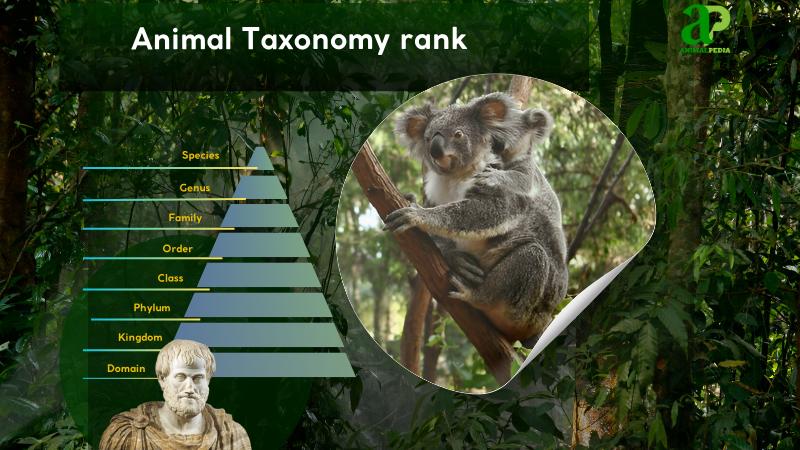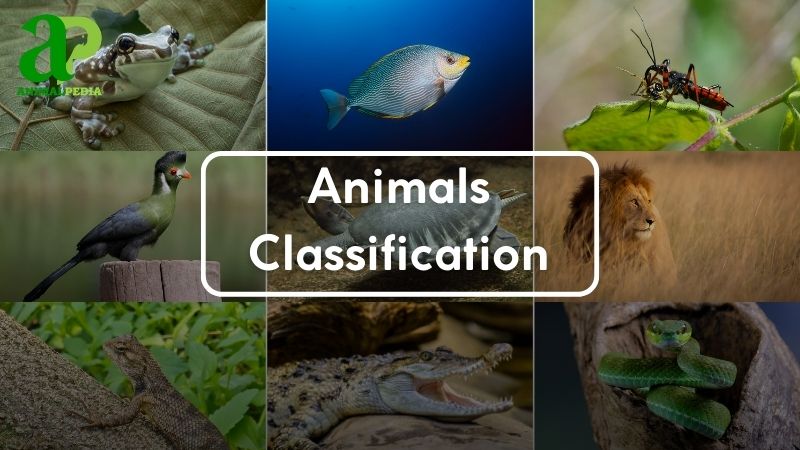Animal Pedia
Complete Species Classification & Identification Guide
Delivering precise, comprehensive, and authoritative knowledge about the animal kingdom through a structured and accessible approach, inspiring a lifelong passion for exploration.
Explore Our Animal Encyclopedia by Classification
Comprehensive species database with scientific classification, identification guides, and behavioral insights
200+ Expert-Verified Species
Complete reptile classification covering all four orders: Squamata (snakes & lizards), Testudines (turtles), Crocodilia (crocodilians), and Rhynchocephalia (tuatara)
100+ Expert-Verified Species
100+ Expert-Verified Species
Amphibian species profiles with idendification guides
Discover Reptiles
Explore the fascinating world of Reptiles through systematic classification research covering 1,000+ verified species across 4 major orders. From semi-aquatic crocodilians (Crocodilia) to limbless serpents (Squamata), our peer-reviewed database documents evolutionary adaptations, physiological mechanisms, and ecological distributions that enable survival across diverse habitat types.
1 Explore the fascinating world of reptiles through scientific knowledge and comprehensive research. From savage crocodiles to exotic snakes, discover how they have evolved unique characteristics, behaviors, and adaptations that help them thrive in diverse ecosystems.
2. Explore the fascinating world of reptiles through scientific knowledge and comprehensive research. From savage crocodiles to exotic snakes, discover how they have evolved unique characteristics, behaviors, and adaptations that help them thrive in diverse ecosystems.
Explore the fascinating world of reptiles through scientific knowledge and comprehensive research. From savage crocodiles to exotic snakes, discover how they have evolved unique characteristics, behaviors, and adaptations that help them thrive in diverse ecosystems.
Explore the fascinating world of reptiles through scientific knowledge and comprehensive research. From savage crocodiles to exotic snakes, discover how they have evolved unique characteristics, behaviors, and adaptations that help them thrive in diverse ecosystems.
Explore the fascinating world of reptiles through scientific knowledge and comprehensive research. From savage crocodiles to exotic snakes, discover how they have evolved unique characteristics, behaviors, and adaptations that help them thrive in diverse ecosystems.
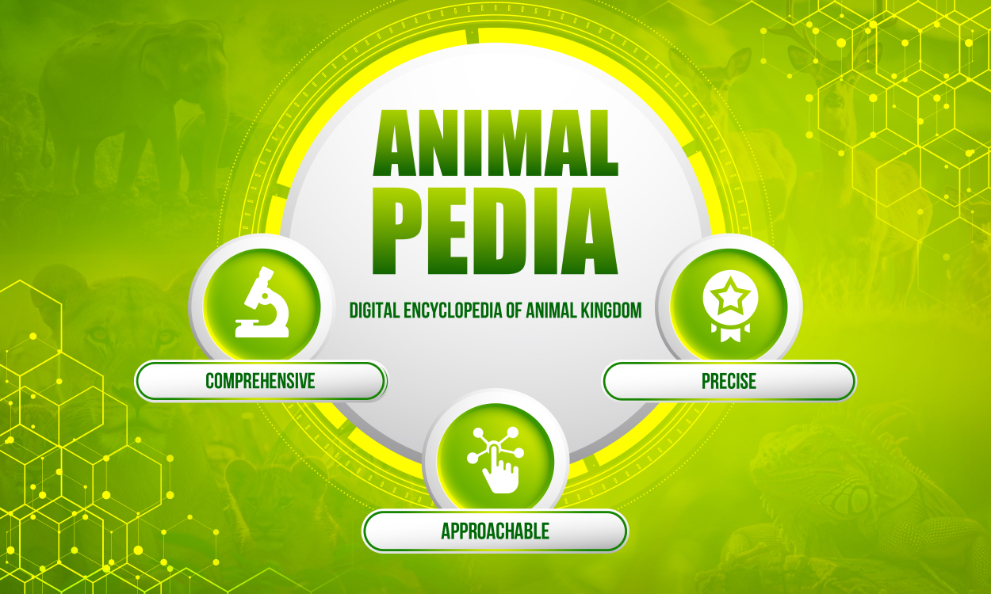
WHO WE ARE
Animal Pedia is a growing digital encyclopedia that brings the animal kingdom to life, currently featuring an extensive collection of reptiles species. We offer comprehensive species profiles and clear scientific insights into biodiversity, and ecology. Perfect for wildlife enthusiasts, students, researchers or even casual learners, Animal Pedia makes learning about animals engaging and accessible.
- 1000+ Expert-Verified Species
- University Research Partnerships
- Peer-Reviewed Content Standards
Trusted by Wildlife Enthusiasts Worldwide
Our comprehensive animal database serves educators, researchers, students, and nature lovers across educational institutions, wildlife organizations, and conservation groups globally.

500+
Educational Institutions
Schools and universities using our resources for biology and environmental science curricula

50+
Countries Reached
International audience spanning research institutions and wildlife conservation organizations

25K+
Monthly Active Users
Researchers, students, and wildlife enthusiasts accessing our species database regularly
Want to be updated when there is Discover Wildlife news?
Stay updated with Discover Wildlife for the lastest news about the animal kingdom from around the globe!
Enter your details to agree to our terms. Unsubscribe anytime.

Newly discovered species alerts

Rare wildlife photography

Exclusive research findings

Expert identification tips
Discover our newest additions to the animal kingdom database. Recently verified and catalogued by our expert team.
Stay informed with our expert-authored articles covering classification systems, animal facts, and educational guides for wildlife enthusiasts and researchers. Where we break down complex zoological concepts into engaging, accessible knowledge
Footer
Contact Information
📇 98 Cedar Street, Bozeman, MT 59715
✉️ contact@animal-pedia.org


